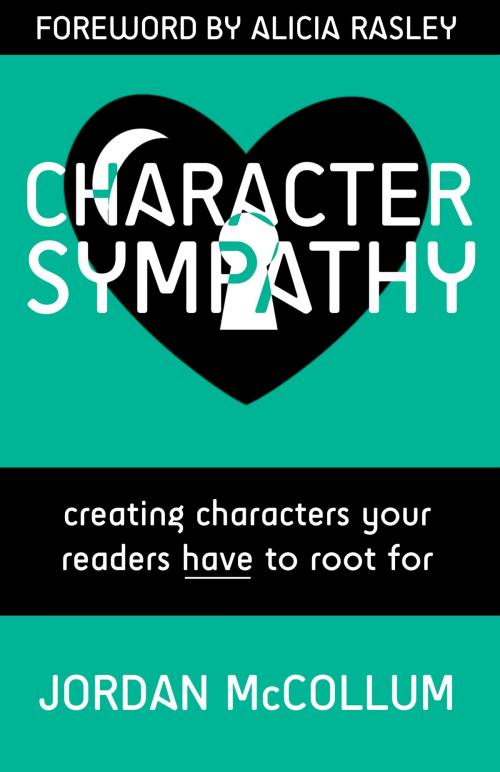Character Sympathy
Creating characters your readers HAVE to root for
Nonfiction, Reference & Language, Language Arts, Writing & Publishing, Writing Skills, Composition & Creative Writing, Reference| Author: | Jordan McCollum, Alicia Rasley | ISBN: | 1230000229840 |
| Publisher: | Durham Crest Books | Publication: | April 2, 2014 |
| Imprint: | Language: | English |
| Author: | Jordan McCollum, Alicia Rasley |
| ISBN: | 1230000229840 |
| Publisher: | Durham Crest Books |
| Publication: | April 2, 2014 |
| Imprint: | |
| Language: | English |
IS YOUR CHARACTER WORTHY OF YOUR READER?
Often we think of sympathetic characters as those we love or envy or pity, but character sympathy runs deeper than simply liking or feeling sorry for a character. Sympathy in this sense is truly feeling what the character feels, worrying over the same things he worries about, and wanting him to succeed against all odds. If we can get our readers to fully sympathize and identify with our character, our readers will enjoy that journey with our character and then clamor for more.
CHARACTER SYMPATHY will help you:
- Learn what events, actions and characteristics create true sympathy for a character.
- Engineer your character’s motivations and goals to maximize their sympathy.
- Avoid clichéd methods for creating reader identification.
- Foster sympathy for heroes, antiheroes, villains and everyone in between.
- Observe and analyze master storytellers’ techniques to create character sympathy.
Character sympathy isn’t automatic or easy, but it’s necessary for readable fiction. Applying these principles can strengthen any story and any character.
Hook your readers with a character they can really root for.
IS YOUR CHARACTER WORTHY OF YOUR READER?
Often we think of sympathetic characters as those we love or envy or pity, but character sympathy runs deeper than simply liking or feeling sorry for a character. Sympathy in this sense is truly feeling what the character feels, worrying over the same things he worries about, and wanting him to succeed against all odds. If we can get our readers to fully sympathize and identify with our character, our readers will enjoy that journey with our character and then clamor for more.
CHARACTER SYMPATHY will help you:
- Learn what events, actions and characteristics create true sympathy for a character.
- Engineer your character’s motivations and goals to maximize their sympathy.
- Avoid clichéd methods for creating reader identification.
- Foster sympathy for heroes, antiheroes, villains and everyone in between.
- Observe and analyze master storytellers’ techniques to create character sympathy.
Character sympathy isn’t automatic or easy, but it’s necessary for readable fiction. Applying these principles can strengthen any story and any character.
Hook your readers with a character they can really root for.










![Cover of the book TOPIK - The Self-Study Guide [For All Levels] by Jordan McCollum, Alicia Rasley](https://www.kuoky.com/images/2014/march/300x300/9781311416438-YSB5_300x.jpg)




![Cover of the book Samuel Brohl & Co. [Christmas Summary Classics] by Jordan McCollum, Alicia Rasley](https://www.kuoky.com/images/2012/december/300x300/1230000036579-Sqkb_300x.jpg)